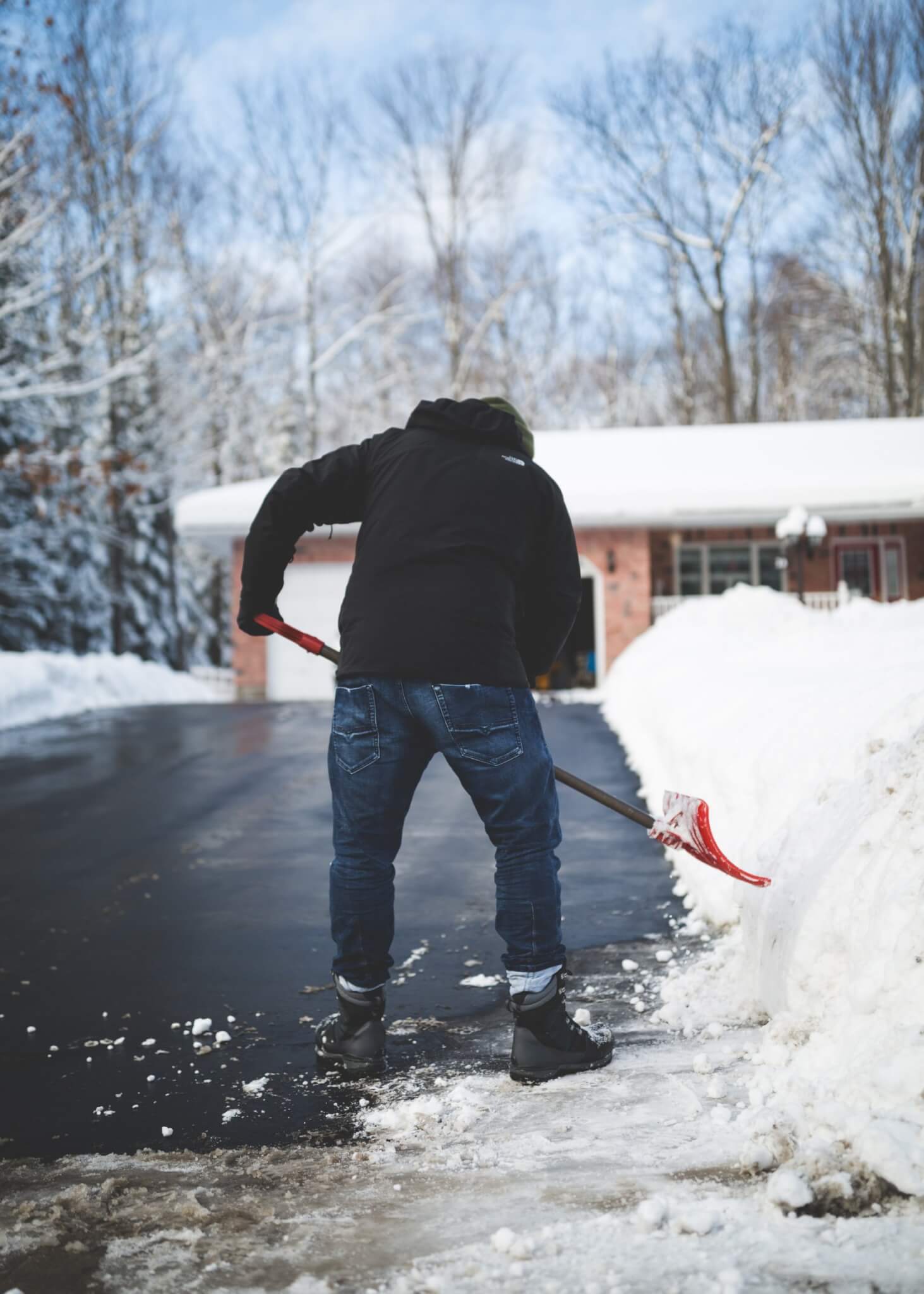
We're all keenly aware of how much snow southeast Idaho gets. Regardless of your opinion of the snow, it undoubtedly puts a strain on transportation and other daily tasks. The presence of snow adds one major chore to the docket of daily tasks: snow removal. And for a lot of us, that means snow shoveling.

Snow blowers and plows do much good for us. An army of plows embarking in the early morning helps provide us with a safer commute to work. A good neighbor with a snowplow can clear the sidewalk or even the driveway and really save the day. But the fact remains that the snow shovel is the original and most-used tool in the arena. Despite technological advances in snow removal, snow shoveling remains the most popular form.
Unfortunately, there are multiple health risks associated with this very necessary aspect of living in southeast Idaho. The cold weather and physical exertion of snow shoveling increases heart rate and blood pressure, and increases the risk of blood clots. And in a season where physical activity is significantly low on average, this creates a big risk.
Certain snow shoveling practices are especially hard on the back. Just like with any sort of exercise, proper form is the key to preventing injury. An already non-enjoyable task can take a much less pleasant turn when you hear that unseemly pop or snap somewhere in your back. Thousands of injuries occur each year because of improper shoveling techniques.

Our feet like to stay planted and move as little as possible. When shoveling snow, however, you'll want your legs to do the moving. Push by moving your whole body against the weight of the snow. Do not push with your arms. When you do so, you are putting enormous strain on your spine. It does not help that the body is already at an angle when shoveling snow. Just as you might lift with your knees instead of your back, let your legs do the work.
A temptation when shoveling snow is to scoop then throw it back over our shoulder as far as we can launch it. This is not the time to pretend to be a catapult. When scooping, keep your body low and your knees bent. Then, when you discard the snow, throw it forward and keep your feet planted. If your foot is flinging up behind you, you are exerting your back too much.
Shoveling right after a meal can be dangerous practice. During exercise, and snow shoveling, 80% of your body's blood flows to your skeletal muscles to facilitate movement. That means that less blood is flowing toward digestive organs. You may begin to feel sluggish and weak which will negatively affect your form.
Just as you would drive slower on icy roads, work slower when shoveling snow. This is especially true when the snow is heavy and moist. You aren't in any hurry. If taking a little longer to clear the driveway is the price to pay for a healthy back, it is worth it. Stretch before you start and take frequent breaks. A clear driveway looks a lot better when you can look at it standing up.
Of all the many precautions you can take, there are these four essential measures to consider before snow shoveling. Maintain good form by pushing with your body and staying low when you scoop. Wait a little while after eating before you shovel. And be sure to never over-exert yourself. You're not training for a marathon, you're just trying to get out of your driveway or down the sidewalk. We all want to stay safe this winter. Start by keeping good snow shoveling practices.
This year, keep your back and body healthy while keeping your driveway clear. Implementing these healthy snow shoveling practices today means a healthier living tomorrow.